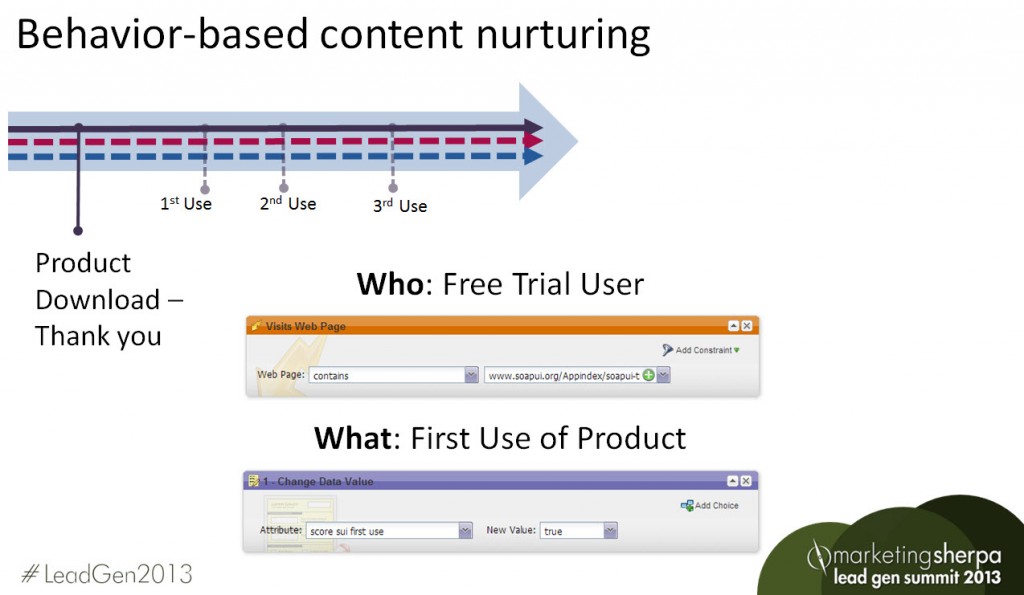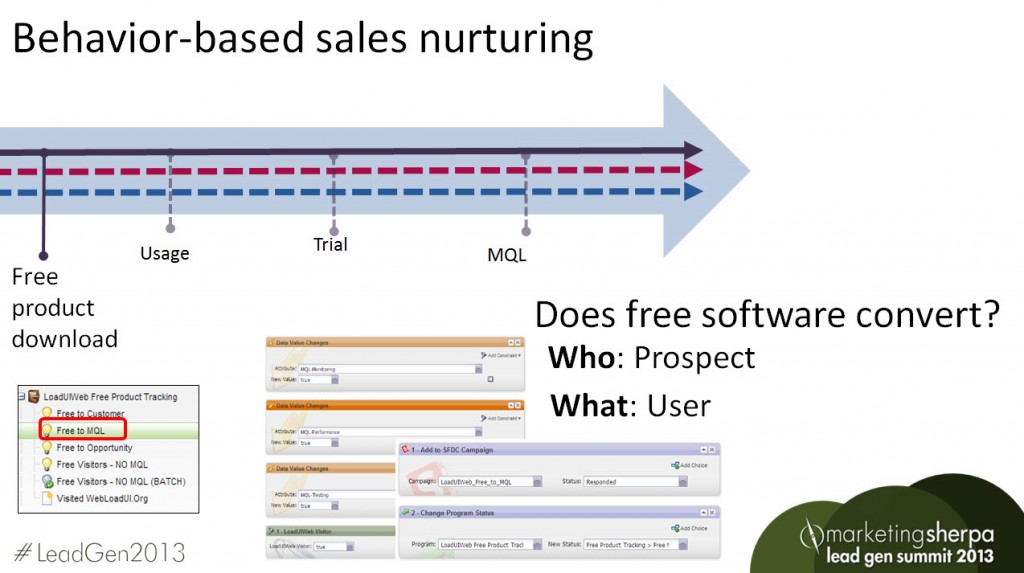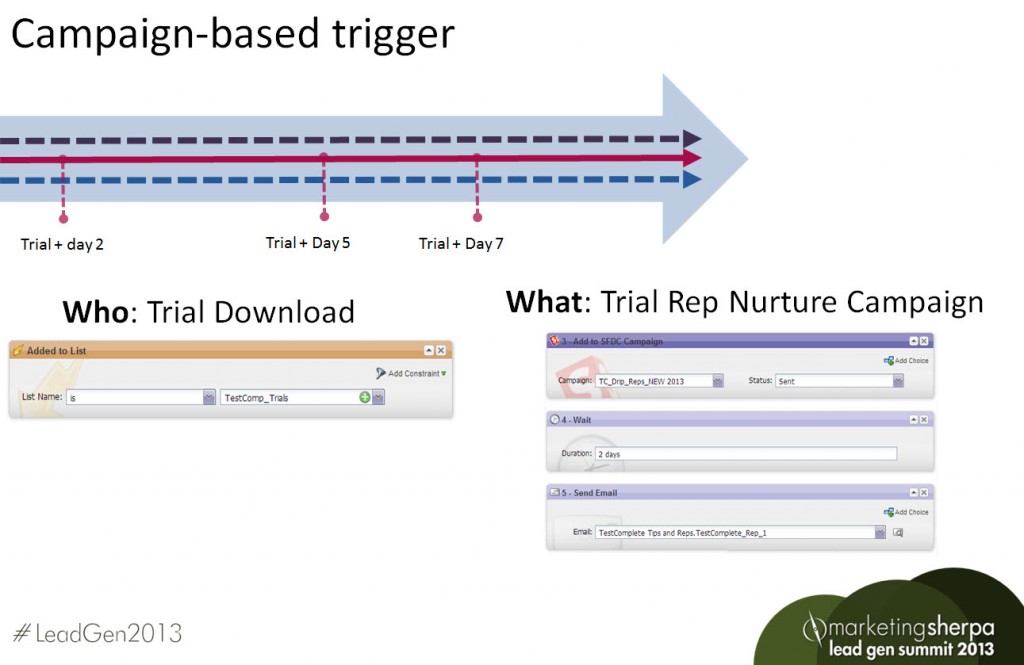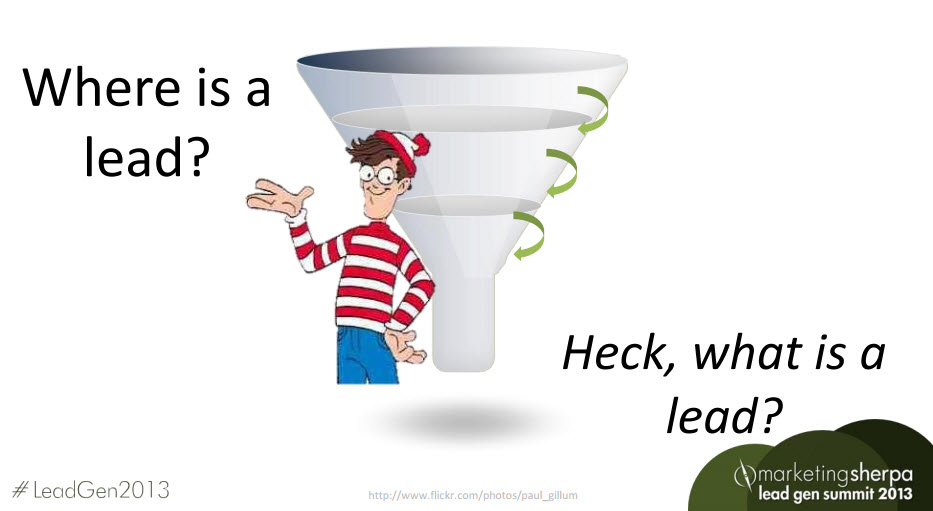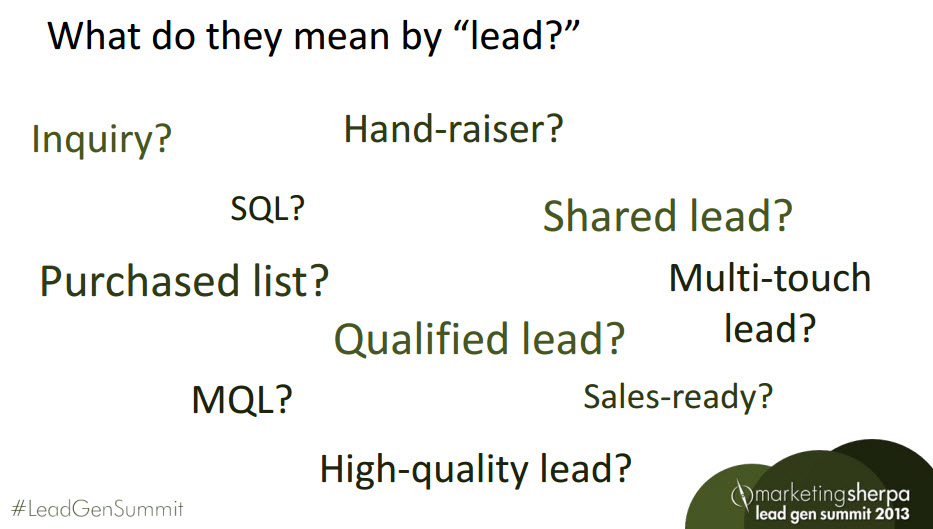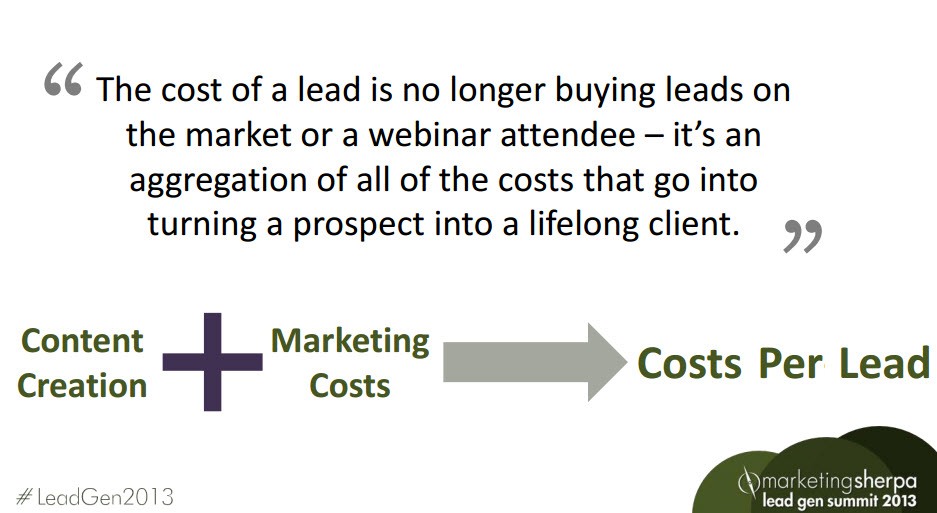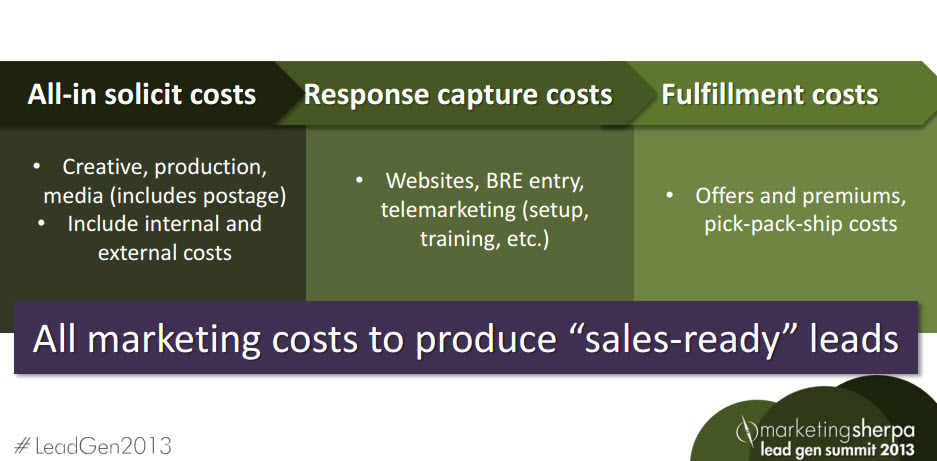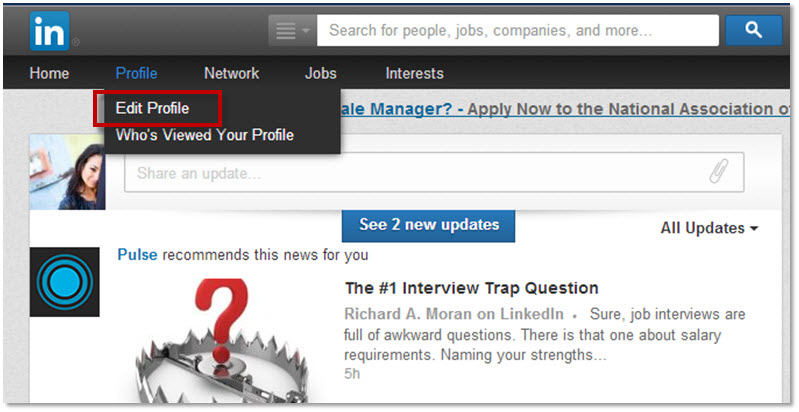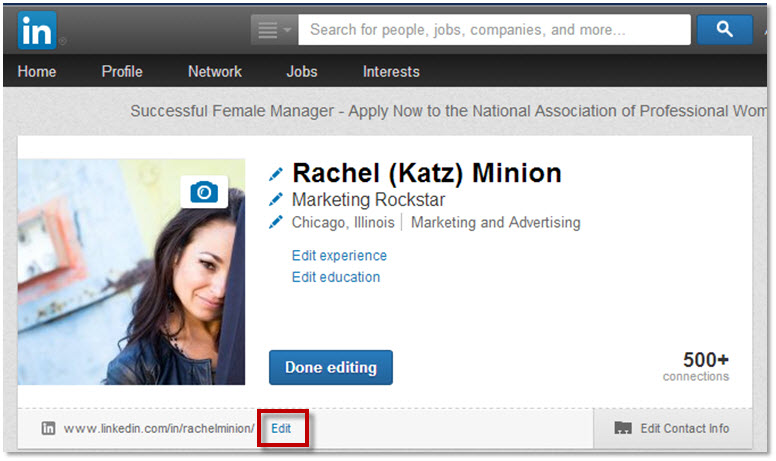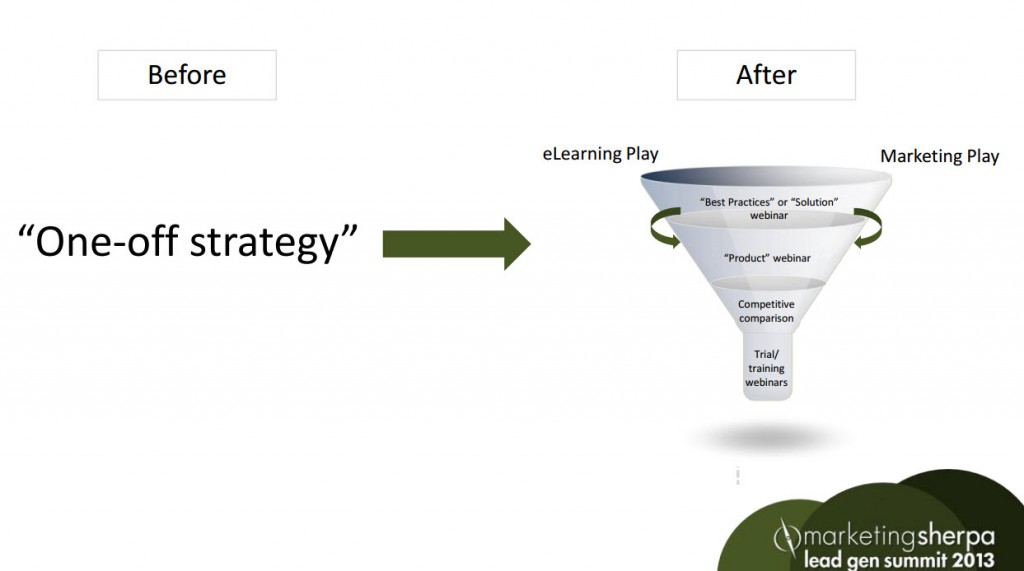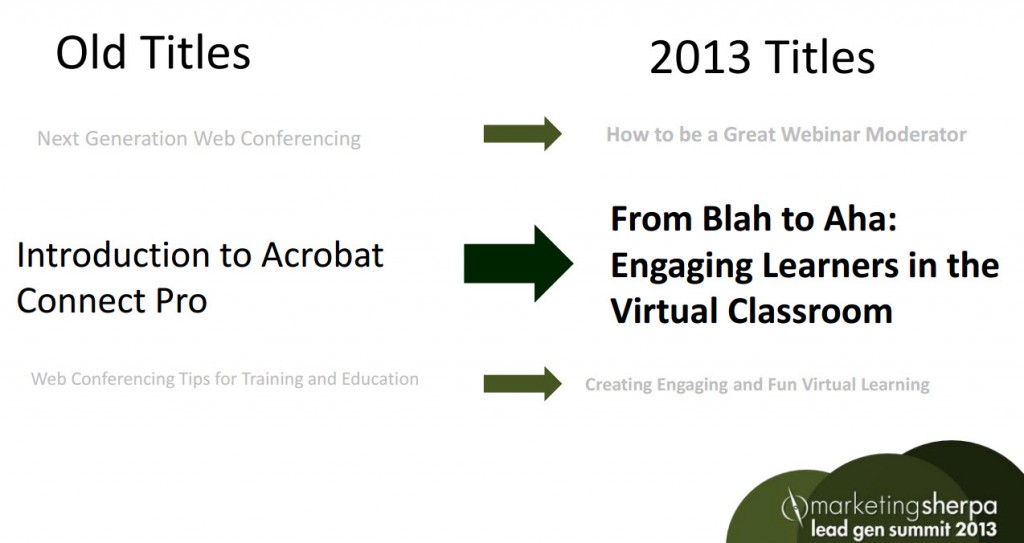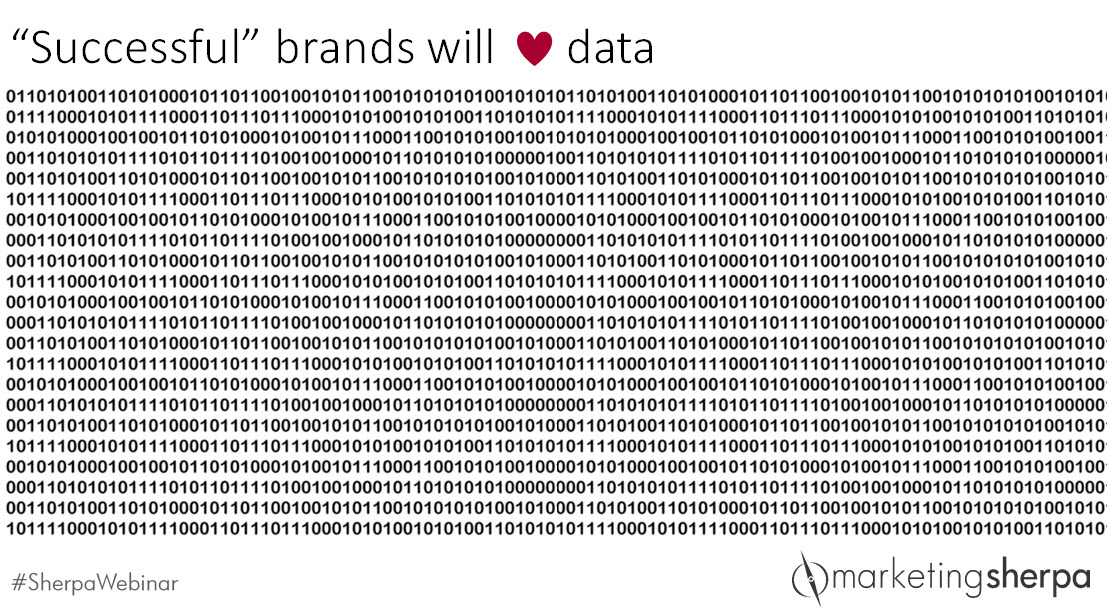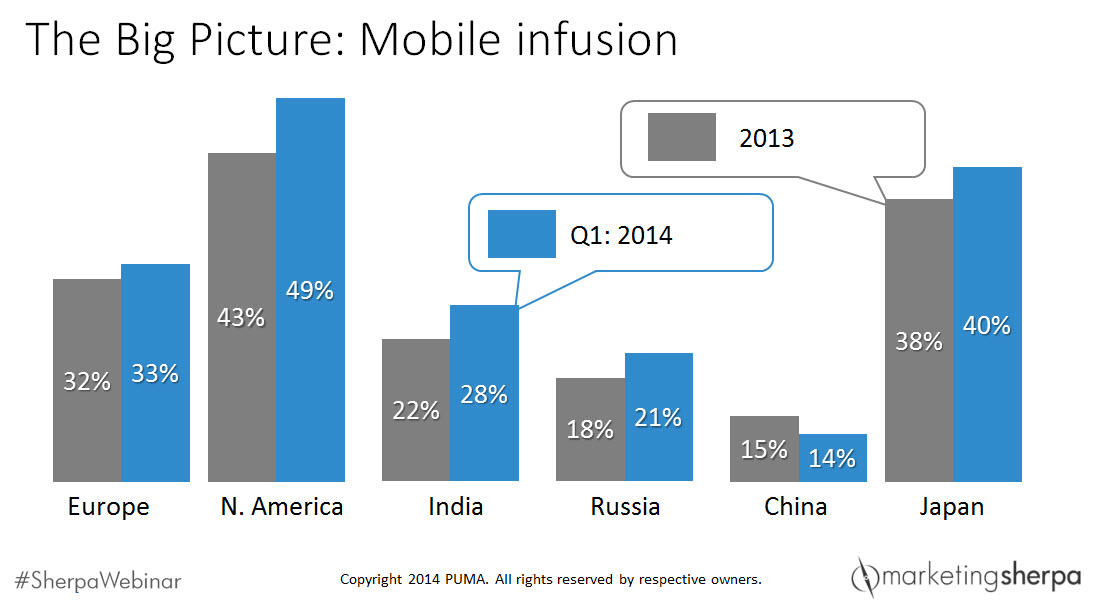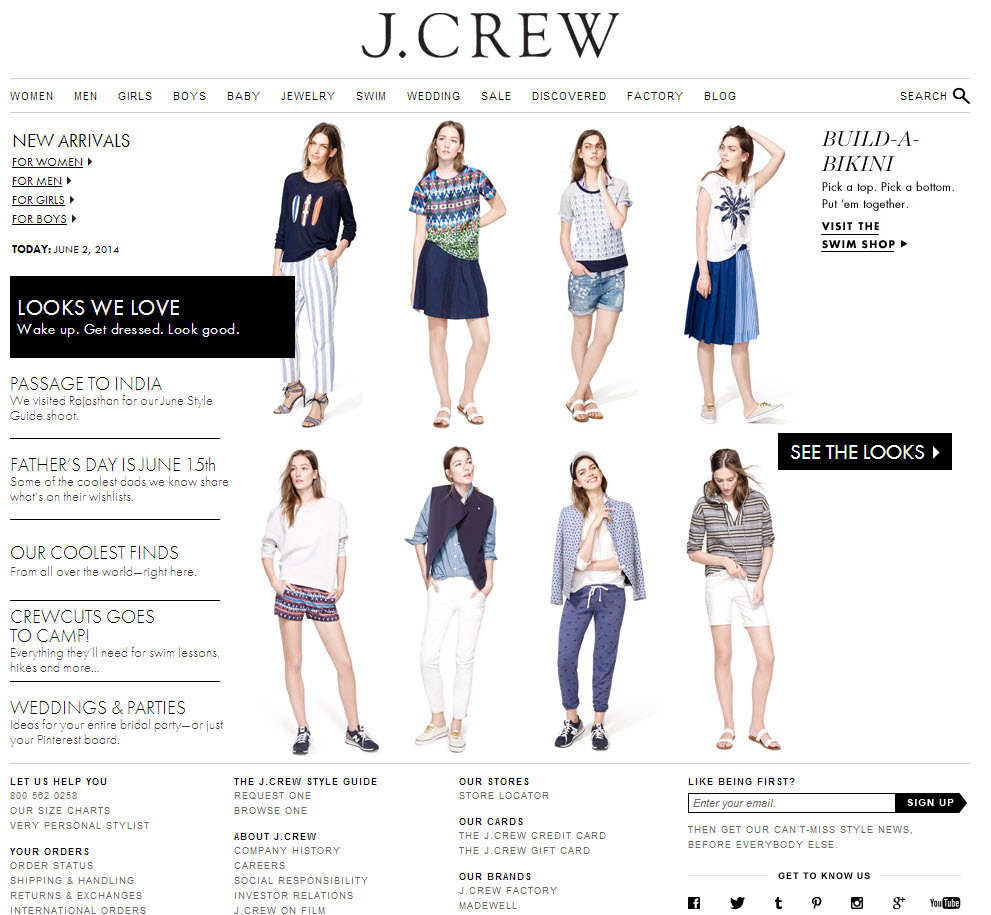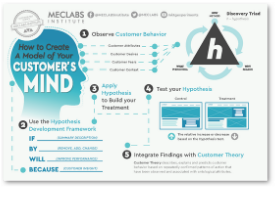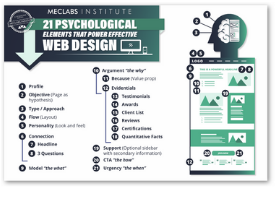Email Marketing: 3 lead nurture paths you should automate
Originally published on B2B LeadBlog
Marketing automation can help you manage lead nurturing efforts in a complex marketplace.
So where do you even begin in terms of an automation strategy?
In today’s B2B Lead Roundtable Blog post, we’ll look at three lead nurture tracks you should automate to aid your email marketing efforts from a MarketingSherpa Lead Gen Summit 2013 presentation featuring Keith Lincoln, Vice President of Marketing, SmartBear.
Path #1. Separate users from prospects
When you boil down behavior automation, using prospect actions as triggers for email sends ultimately creates a list within a list as you separate product users from potential prospects.
As Keith explained, the product download is where the track begins, followed by responding to those product usages with emails offering helpful content.
“The next thing we want to be able to tell our team is: Did they activate the software, or are they using it?” Keith asked.
Path #2. Turn users into customers
Automating a sales nurturing track is significantly different from a content nurturing track as it turns up the dial on complexity.
In this case, prospect behaviors trigger email sends based on a conversion process to turn free, one-time users to paid, ongoing customers.
“This is a little bit more complex than finding out if they are just activating the software,” Keith said.
Keith also explained how the sales nurturing track has been helpful in delivering additional customer intelligence to Sales on where customers are within the conversion process.
Path #3. Remind users the clock is ticking
Campaign-based triggers are probably the easiest of the three tracks to set up, and they also acknowledge the elephant in the room with free trials — time will eventually run out.
Using your free trial timeline can help you deliver helpful content to prospects when they might need it the most.
You can’t automate trust
As I mentioned at the start of this post, automation can help you manage lead nurturing, but you can’t automate trust.
Trust is earned by being helpful, relevant and honest with your prospects.
To learn more about how marketing automation impacts lead generation, you can watch the exclusive MarketingSherpa on-demand replay of “The Marketing Automation and Autonomy Paradox.”
You may also like
Email Summit 2015 [Have insights to share like Keith did? Apply to be an Email Summit 2015 speaker.]
Lead Generation: 2 simple tactics to determine cost per lead [More from the blogs]
Lead Gen: 17% lift in lead capture by including more details in email [Case study]
Email Marketing: 133% ROI for B2B’s first-ever lead nurturing program [Case study]




